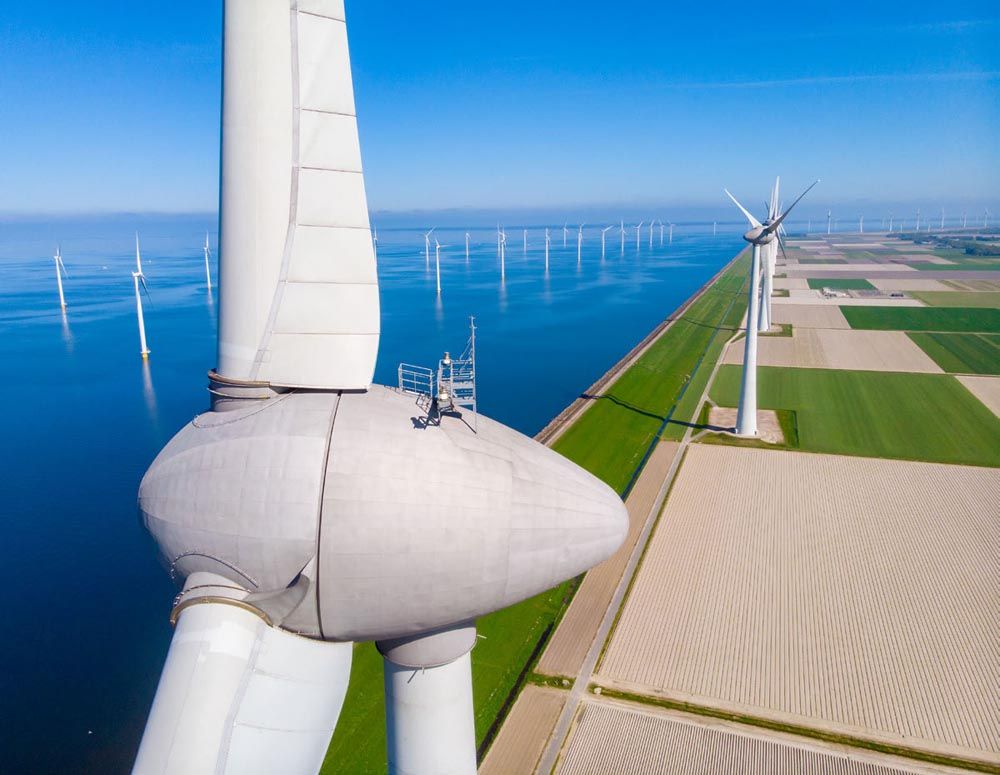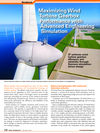Maximizing Wind Turbine Gearbox Performance with Advanced Engineering Simulation
ZF Wind Power achieves wind turbine gearbox efficiency and reliability through Siemens Simcenter Solutions
Wind power has emerged as one of the most important sources of renewable energy in recent years. The global wind power capacity was estimated to be 837 gigawatts in 2021 (statista.com). In the United States alone, wind is the largest source of renewable electricity, providing 10.2 percent of the country’s electricity and still growing (cleanpower.org). However, to ensure maximum power generation, the efficiency and reliability of the wind turbine are critical.
Wind turbines are complex machines with several core components, such as blades, towers, gearboxes, and direct drive motors. The gearbox is responsible for converting the low rotational speed of the blades to the high-speed rotation required to generate electricity. Due to complex dynamic loads, the high-speed rotation in wind turbines can generate a large amount of heat in the bearings and gear mesh contacts. This heat can impact gearbox performance and durability, making it crucial for engineers to introduce simulation-driven design to identify potential issues and develop effective cooling strategies.
Balance heat generation with cooling and lubrication networks
ZF Wind Power has implemented Siemens Simcenter Flomaster software, a system-level thermo-fluid simulation tool, to streamline their engineering design processes and improve the productivity of their teams.
A business unit of ZF Friedrichshafen, ZF Wind Power is a leader in designing, manufacturing, supplying, and servicing wind turbine gearboxes.
Prior to implementing the Simcenter software, ZF Wind Power relied on Excel spreadsheets to calculate the appropriate flow rates and pressures of the gearbox flow paths. According to Jo Loenders, product management engineer, ZF Wind Power, this was “a very complex and time-consuming process, as the distribution systems for the lubrication can involve hundreds or even thousands of small components that result in pressure losses.”
Simcenter Flomaster allows engineers to quickly validate the models since each component comes with validation data and results. “With the ability to determine flow rates and pressures anywhere in the model, the verification of the system against test data from flow measuring devices under realistic circumstances is easy,” said Loenders.









